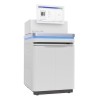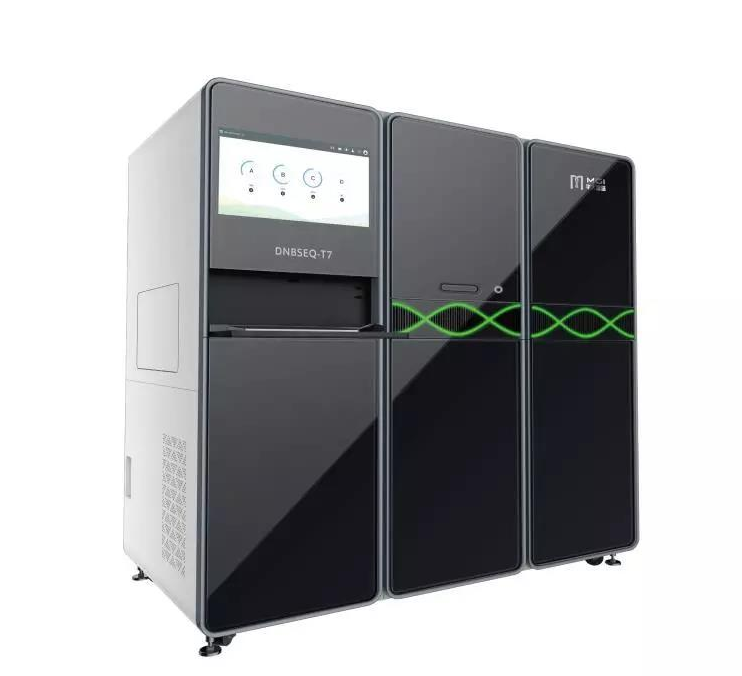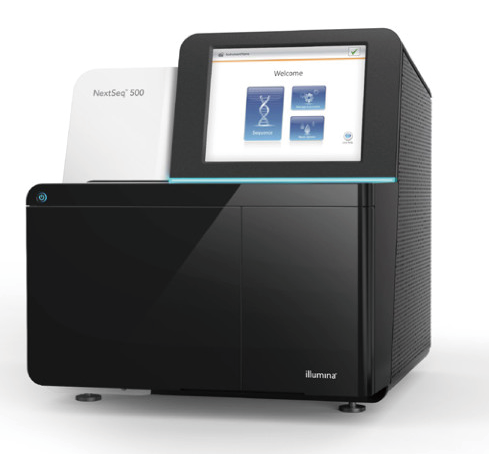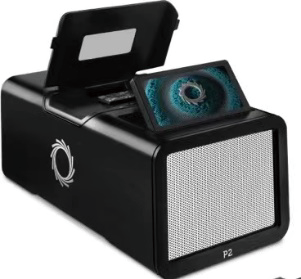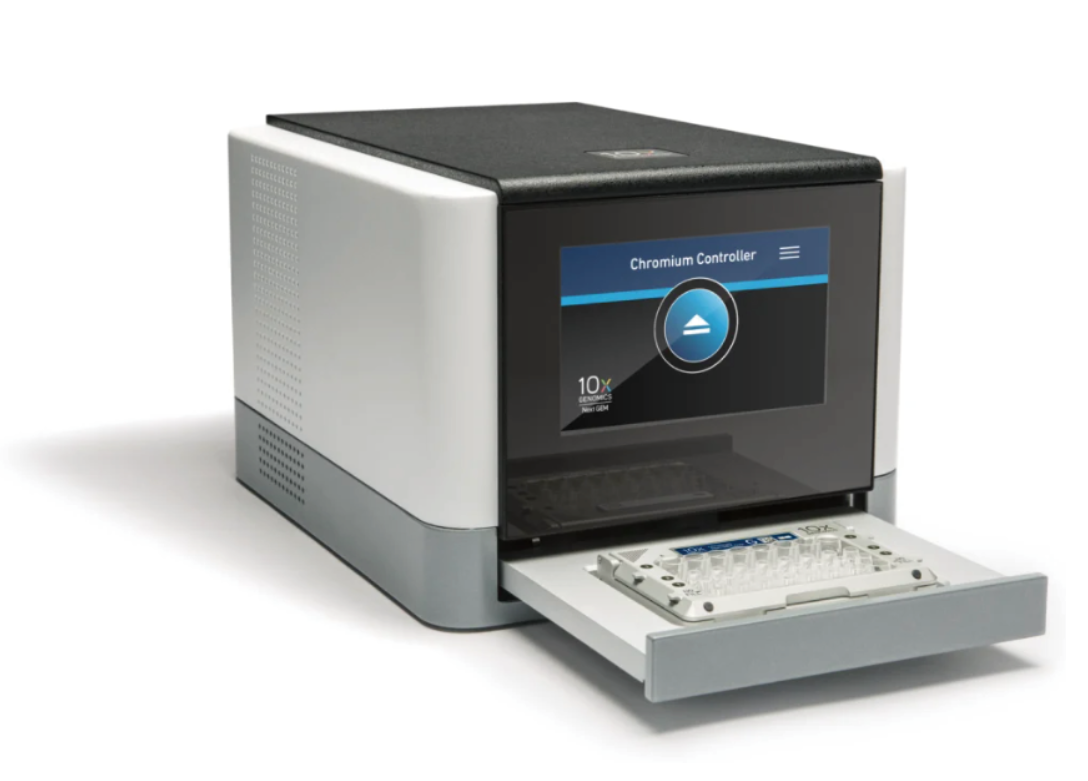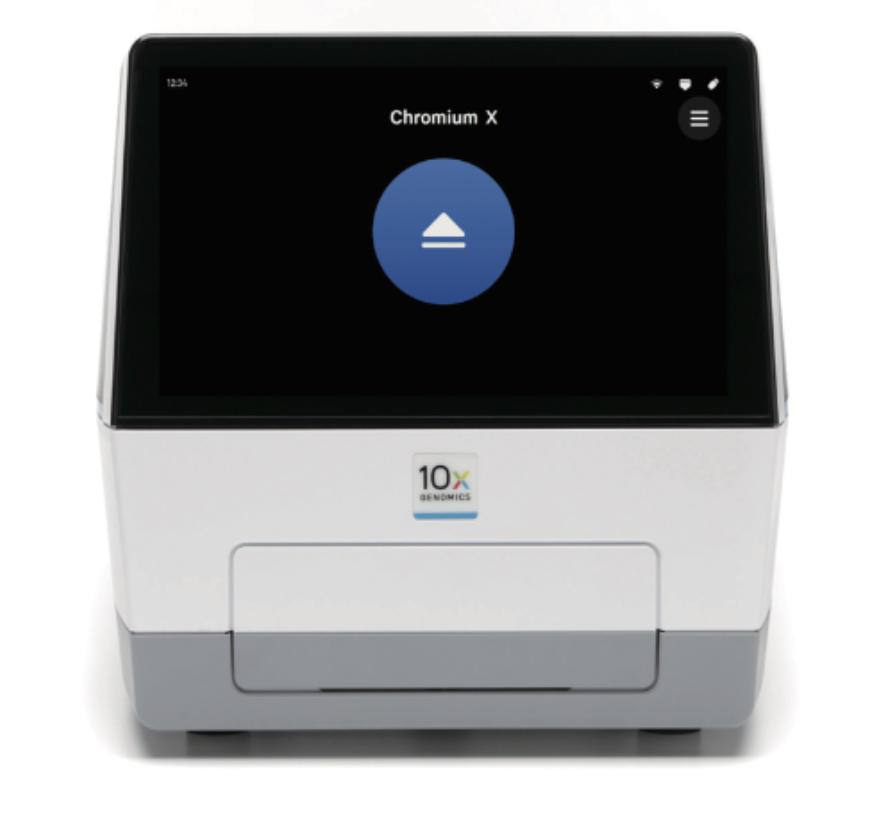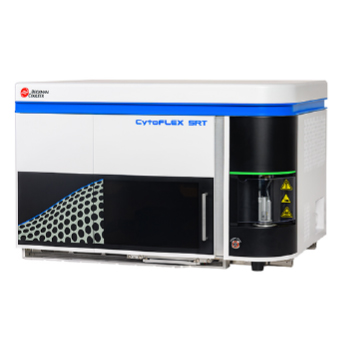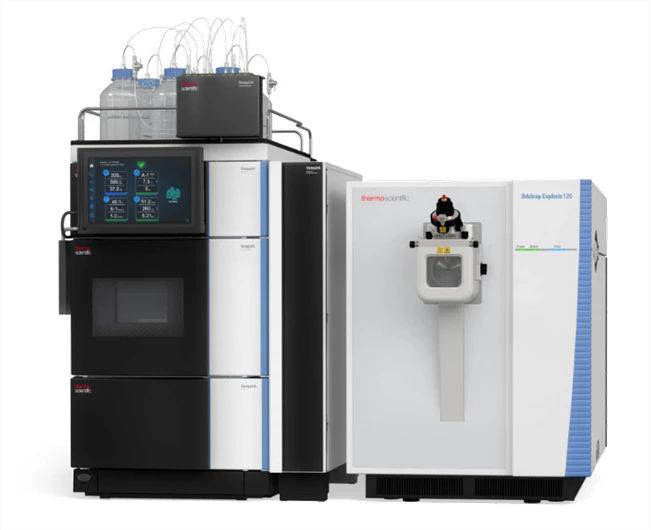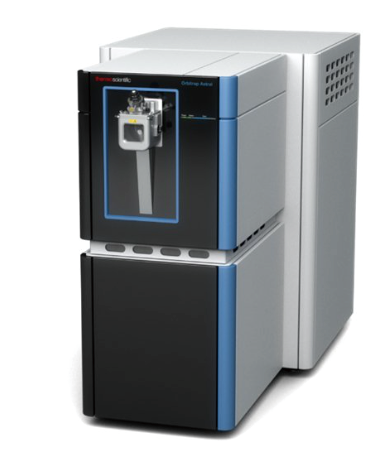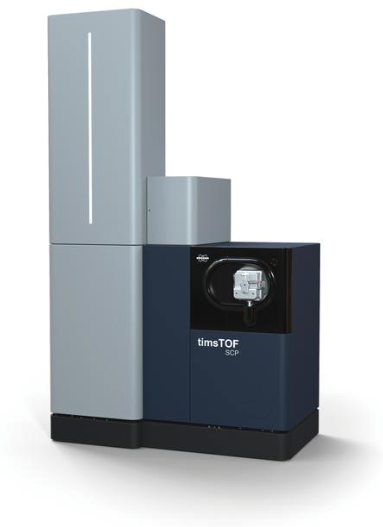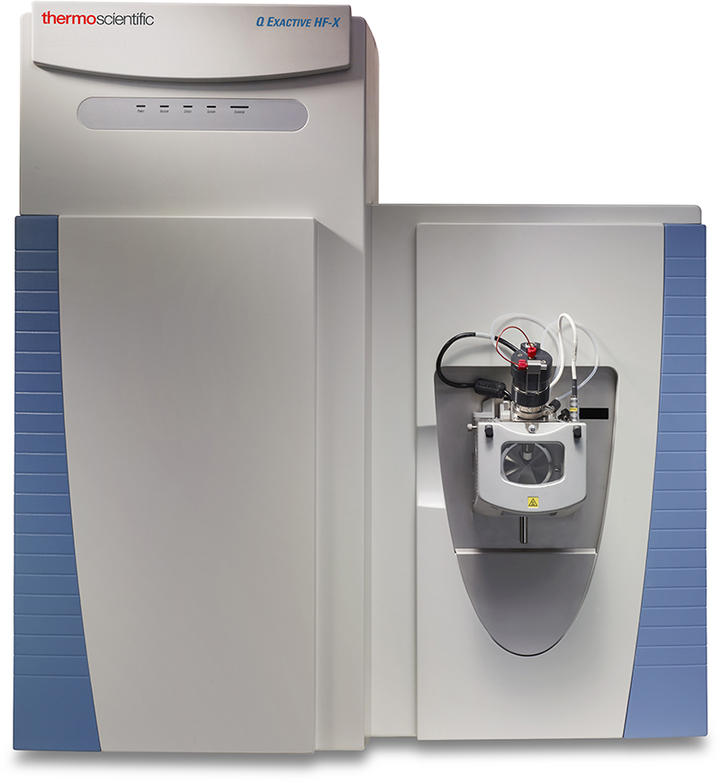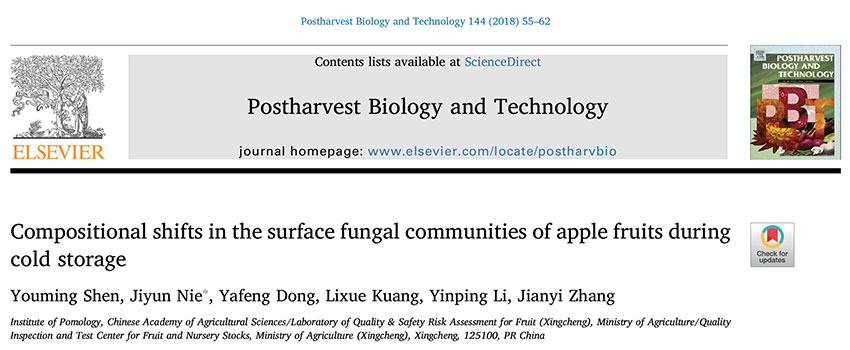
Abstract
The demands for fruit postharvest quality and safety improvement rely on a better understanding of the overall fungal communities during cold storage. Here, we characterized the superficial fungi of 18 apple samples before and after cold storage by sequencing internal transcribed spacer 1 (ITS1) sequences. High quality sequences (1,319,679) clustered into 512 operational taxonomic units (OTUs), representing 261 fungal species belonging to four phyla, 22 classes, 59 orders, 93 families, and 134 genera. The cold stored (CS) samples were harboured with 81,752 high-quality ITS reads and 265 OUTs per sample, which were higher than those of harvest point (HP) samples (averaged 64,879 ITS reads and 217 OTUs). Additionally, the CS samples obtained higher fungal richness, evenness and diversity than those of HP samples. Beta diversity analysis revealed significant fungi compositional differences between CS and HP samples. At the genus level, Acremonium, Monascus, Archaeorhizomyces, Yarrowiawere highly detected in original HP samples, but reduced their abundance during cold storage; Penicillium, Aspergillus, Mucor, Botrytis, Mycosphaerella, Rhodotorula and Wallemia were significantly proliferated in CS samples. The increases level of Penicillium, Aspergillus, Mucor, and Botrytis during the apple storage, potentially suggest that the long-term stored apples contain more risks of fruit postharvest deterioration and patulin contamination. This study identified fungal communities on apples and their variations in cold storage, and provides a basis for further fruit fungi investigation.
Keywords
Apple; Postharvest; Cold storage; Fungal diversity; ITS sequencing
Text link:https://www.sciencedirect.com/science/article/pii/S0925521418302291



